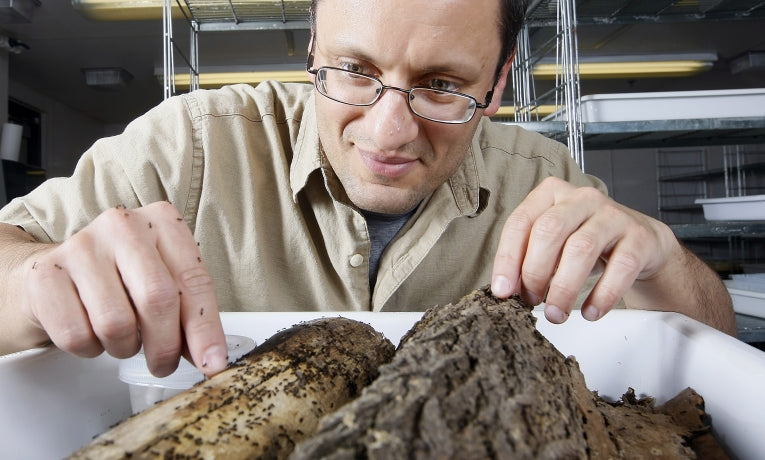The odorous house ants (Tapinoma sessile) that emit a coconut odour when crushed have travelled to Maui, 2,500-miles from the United States mainland. Insect specialist Grzegorz Buczkowski, writing in the specialist journal Myrmecological News, says they have created a super colony covering 45-acres in Maui - the first confirmed infestation outside its native range.
Mr Buczkowski, from Purdue University, West Latayette, Indiana, says, "They aren't supposed to be in Hawaii. To go from the mainland to Hawaii, more than 2,500 miles over the sea, is amazing.
"Odorous house ants in Hawaii are not like they are here in natural areas where they live in small colonies. They are creating mega colonies like they do in urban areas."
Mr Buczkowski says he set out to treat the ants on the upland site, but as they were so established, it was not possible.
"It's one of the worst, if not the worst, pest species in homes." Odorous house ants have a reputation for being tough to get rid of. Even if a nest in one home is destroyed, ants in nearby nests can return, Mr Buczkowski explains.
Each winter, the ants lie dormant on the American mainland, but Mr Buczkowski is worried they could eat all-year-round in Hawaii and establish more quickly. As a result, he aims to keep track of the colony size.
In rural areas there are usually around 50 odorous house ants in each colony, plus a queen, but in urban areas, colonies are much larger. On his university campus, Mr Buczkowski has discovered a colony with around five million worker ants and 25,000 queens.
Mr Buczkowski estimates that the Maui infestation contains more than 300 nests with many queens in each one.They are living among seven other introduced species, including aggressive big-headed ants (Pheidole megacephala) and Argentine ants (Linepithema humile).
"They didn't just invade a place that was free of ants and gain a foothold. They are in the middle of other ants and thriving. If odorous house ants can get established there, they can get established anywhere. They could be invasive anywhere in the world."
The research, by Mr Buczkowski and Paul Krushelnycky, was paid for by the American Department of Agriculture National Institute of Food and Agriculture. DuPont also funded Mr Buczkowski's work.










